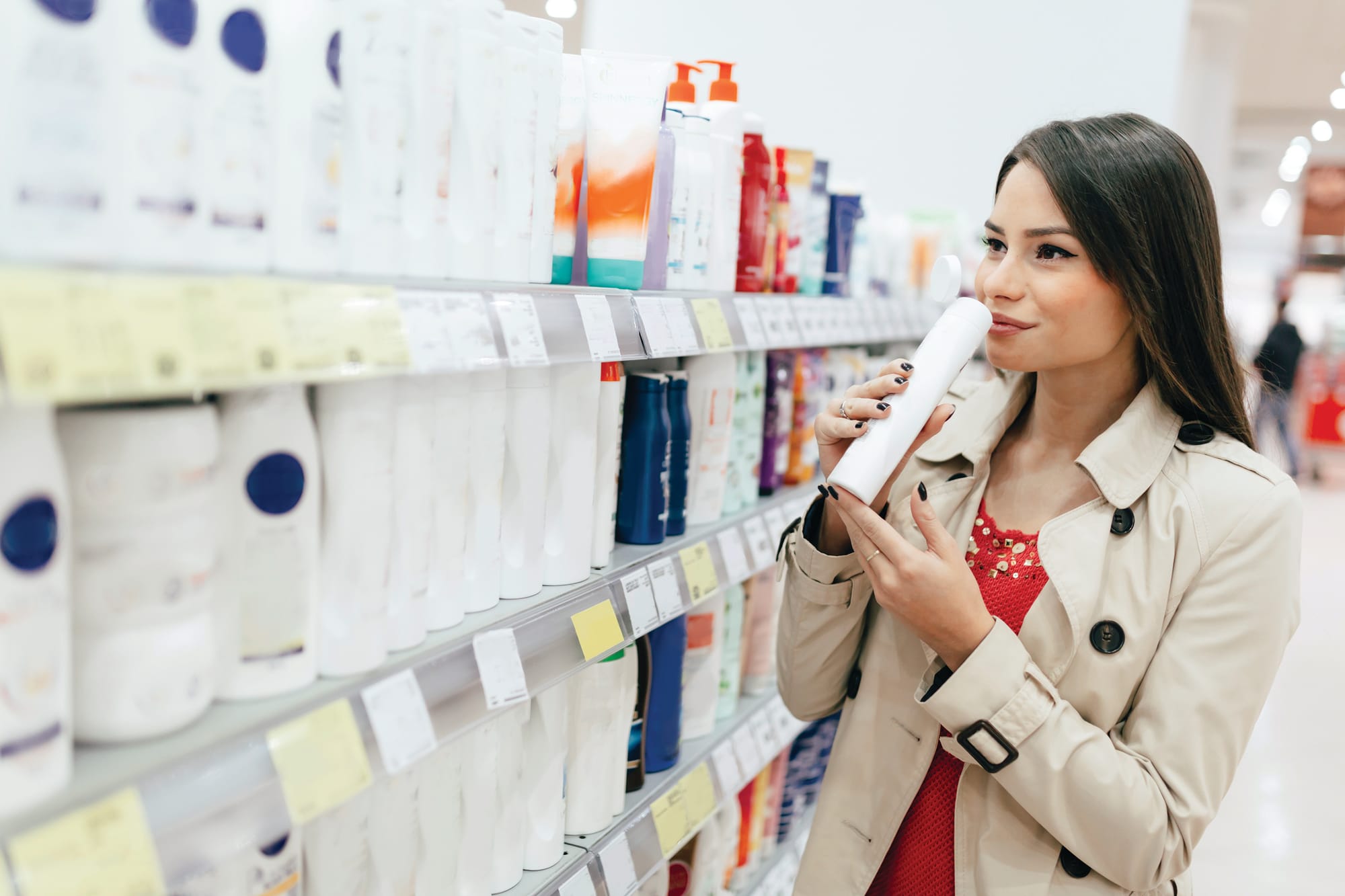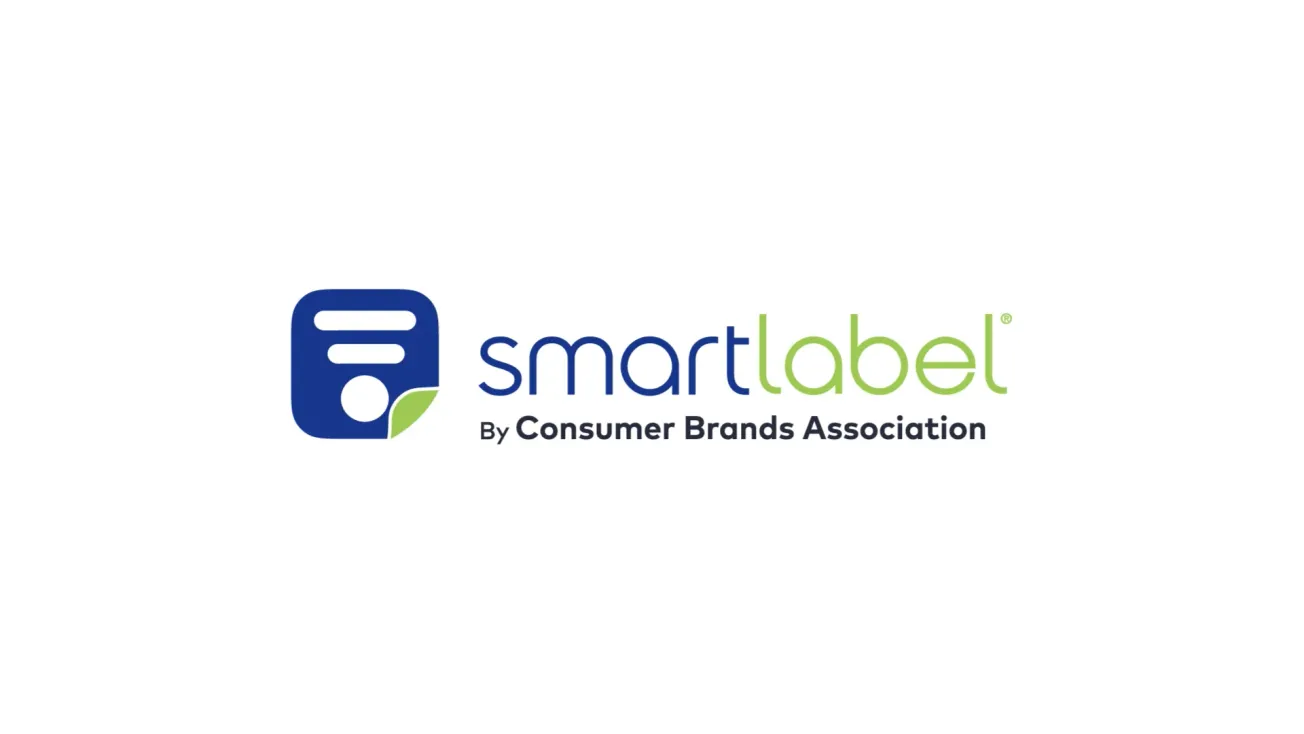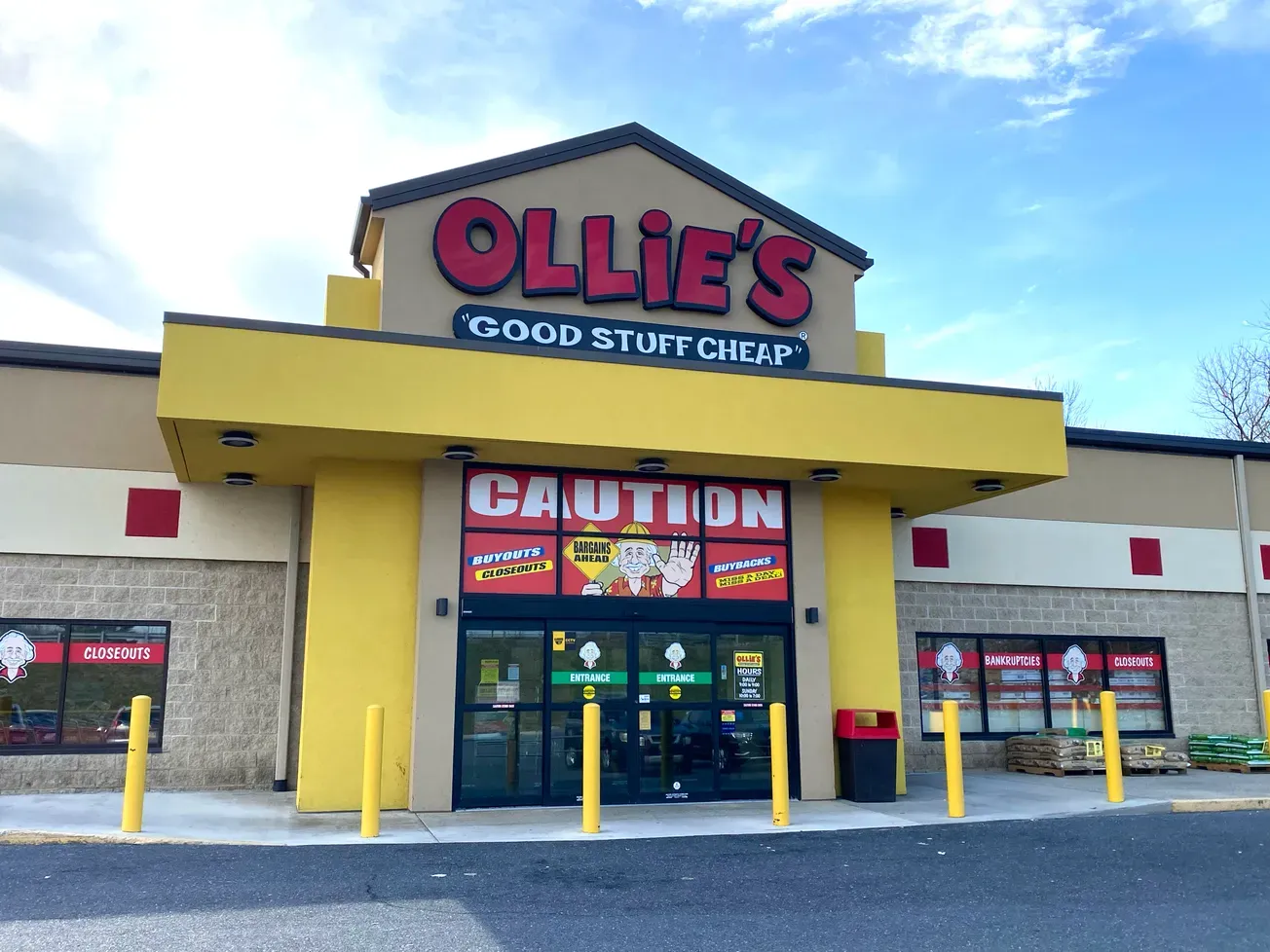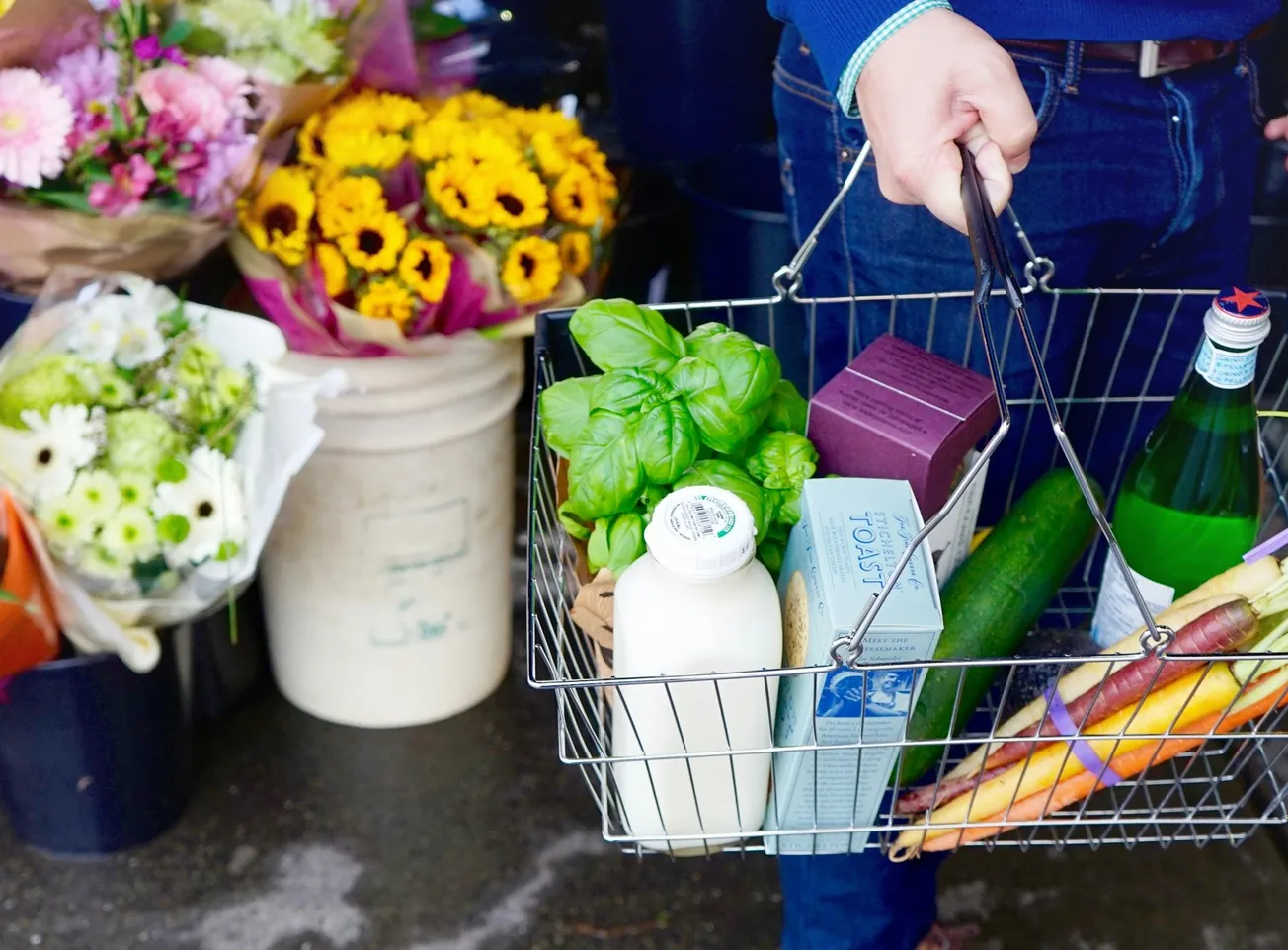AUBURN HILLS, Mich. – According to the latest SPAR Group survey, in-store shopping remains a fixture of most consumer’s routines, with more than 80% preferring to purchase groceries in-store and more than 45% choosing to shop in-store at discount, convenience, home improvement and apparel stores. The ability to try on/demo products, select new products and plan meals are important motivators consumers give for shopping in-store. Once in the store, consumers rate customer service (71%), a speedy checkout (69%) and an engaging atmosphere (51%) as important attributes for a successful shopping experience. The store plays an important role in the product value chain and maintaining customer loyalty, according to the survey.

“The SPAR Shopper Insights Survey tells us that while today’s customer is demanding, there are a variety of opportunities for retailers and brands to create value for them and build long-term loyalty. Several storylines from the data conclude the need for companies in the industry to be even more dedicated to engaging shoppers at every point in the buying journey, improving inventory management and service levels, especially within the store,” said Mike Matacunas, CEO and president, SPAR Group.
Key Findings
- Seven in 10 shoppers expect to increase shopping in stores in the next six months. This is in line with the most recent U.S. consumer confidence statistics.
- Grocery stores are by far the most preferred in-store format (83%) with discount, convenience and home improvement next.
- Once in stores, 55% of consumers say product availability (out of stock, locked product) remains a challenge for stores.
- 43% of consumers indicated that not enough store staff is an issue for the shopping experience.
- Approximately 76% of consumers use mobile applications while shopping. 47% use the apps for price check and comparisons, 40% for lookup and promotions, 35% to access or download promotions.
- Four in 10 say they allow their preferred retailer access to data for a more personalized experience.
- Walmart ranks as the best shopping experience by 23% of respondents, with consumers ages 25-54 having the strongest positive perceptions.
- Females prefer Aldi compared to males who say Costco has a better shopping experience
- 58% of consumers find self-checkout helpful, with females finding coupons and apps more helpful than males.
- 43% of consumers say stores do not have enough staffing and 55% indicating product availability and locked product a negative.
- Consumers are expecting artificial intelligence (AI) to play a role in product search, checkout and online ordering.
According to analysis of the research by SPAR Group, a provider of merchandising, marketing and distribution services, retailers and consumer brands need to 1) improve on shelf inventory management, 2) optimize staffing to provide an engaging experience and 3) invest in more tech to empower the consumer’s shopping experience.
“The next generation of leaders in retail and consumer brands will differentiate on service, both from an in-store and application point of view. Operating a physical store must be reinvented to provide value to today’s consumer. The physical layout, the experience, staffing, product availability and responsiveness need to work in concert,” said Matacunas.
SPAR Group provides services that transform the physical space, merchandising presentation, and promotional fixtures while providing syndicated resources that ensure in stock inventory and perfect presentations to drive sales and consumer engagement. The company works with some of the market’s most successful big box, discount, convenience, grocery and specialty retailers and brands for more than 50 years.
As an example, SPAR recently worked with a major consumer goods company and a large retail partner to address their out-of-stock issue that was leading to lost sales. SPAR determined that product was in the stores, but replenishment was slow due to reduced staffing.
To address the challenge, SPAR merchandisers deployed into stores, visiting hundreds of targeted locations based on sales needs. The merchandisers replenished shelves from backroom stock across 13 categories, having an immediate positive impact on sales, generating a significant ROI for the brand and boosting sales and profit for their retail partner.
“Retailers and brands are drawing on our expertise to truly engage shoppers throughout the marketing and merchandising process. This is uniformly creating more customer loyalty and having a positive impact on the bottom line,” said Matacunas.








